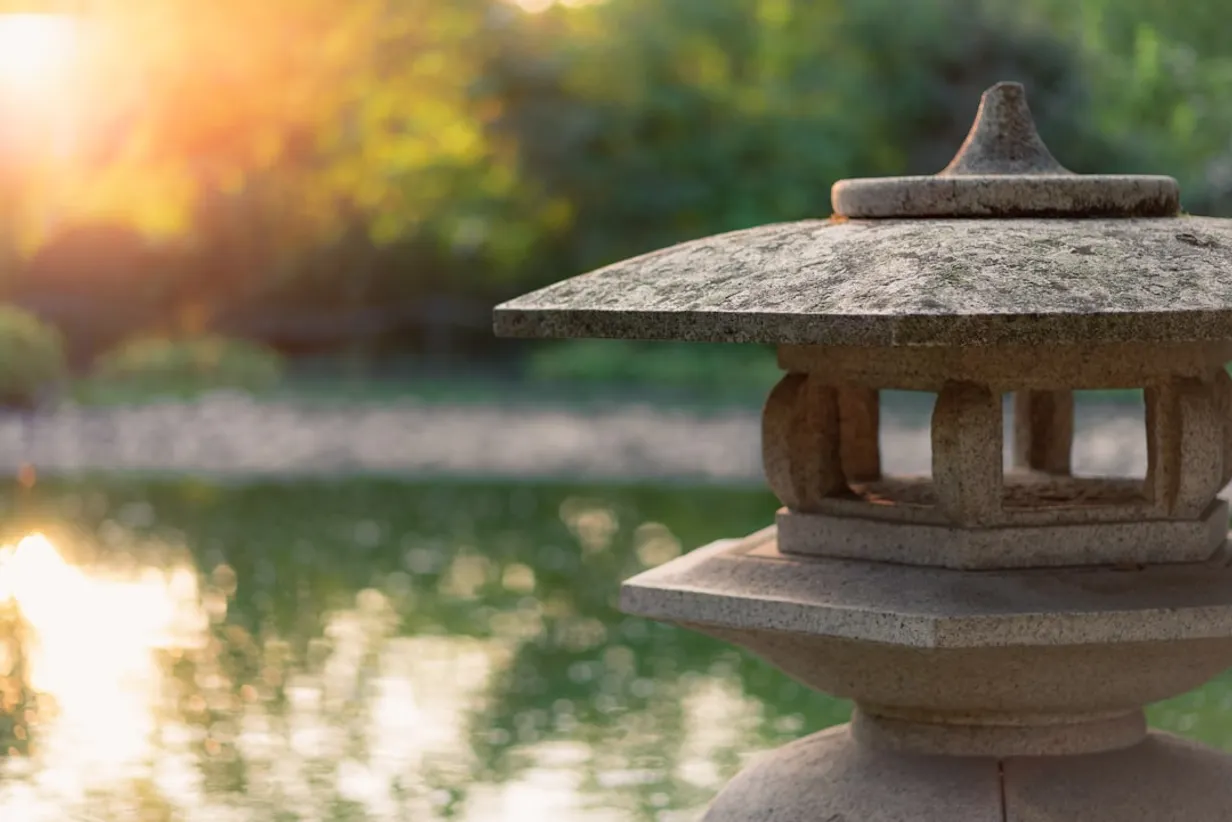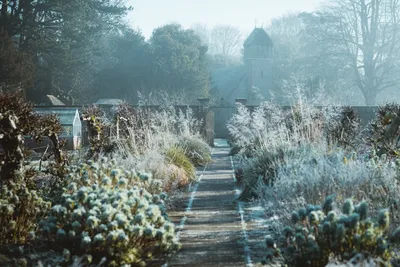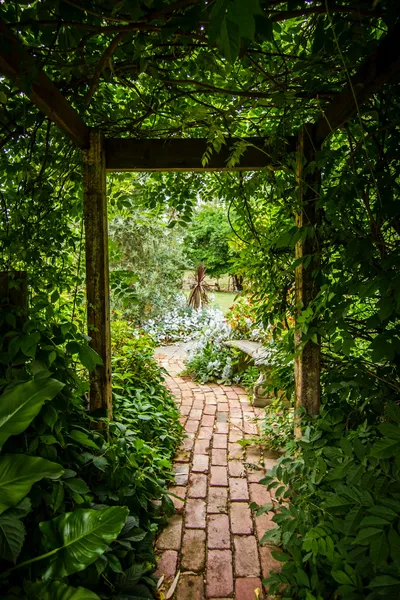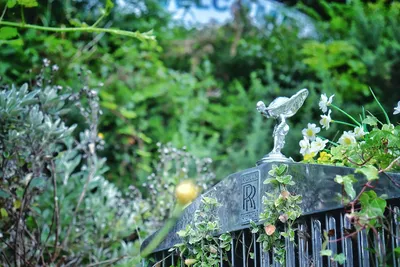Embracing Zen: Designing a Tranquil Japanese Garden in Australia

Introduction to Japanese Garden Design
Japanese gardens are the epitome of tranquility and mindfulness, blending natural elements in harmonious ways. Originating from Japan, these gardens are designed to inspire introspection and embody serenity. As Australian homes often face diverse climates and unique landscapes, adapting the Japanese garden style presents an exciting opportunity to embrace both cultural beauty and local elements.
Key Elements of a Japanese Garden
Stones and Rocks
Stones form the backbone of a Japanese garden, symbolizing strength and endurance. Arrange them thoughtfully to create visual balance and define walkways. In sandy areas, smaller stones can mimic water flow, enhancing the garden's fluidity.
Water Features
Including a water feature such as a pond, stream, or a simple stone basin adds a soothing auditory element. Ensure the water feature complements the garden's overall design. In drought-prone regions, consider a dry garden with raked gravel patterns to represent water.
Plants and Vegetation
Choose native Australian plants that echo the structure and aesthetics of traditional Japanese gardens. Incorporating plants like bamboo, Japanese maple, and ferns can introduce texture and color. Use groundcovers and moss to achieve a lush, layered look.
Pathways and Bridges
Create curving pathways using natural materials like pebbles or stepping stones to guide visitors through the garden. Simple wooden bridges can add charm and perspective shifts, inviting visitors to view the garden from different angles.
Styling and Design Tips for Australian Homes
Integrating Local Flora
While traditional Japanese gardens favor specific flora, Australians can integrate local plants, ensuring they harmonize with the Japanese aesthetic. This not only helps maintain ecological balance but also reduces water usage.
Adapting to Climate
Consider the varied Australian climate when planning your garden. For broader applications, think of drought-resistant and adaptable plants that blend with the garden style yet survive in harsh climates.
Minimalist Decor
Simplicity is key in Japanese garden design. Choose minimalist furniture and fixtures that do not disrupt the overall harmony. Natural materials like wood and stone work well and should align with the garden's peaceful ambiance.
Conclusion
Designing a Zen Japanese garden in an Australian setting merges the best of both worlds – Eastern contemplative philosophies with the unique native flora. By carefully balancing traditional elements with local adaptations, homeowners can create a serene retreat that reflects both global inspirations and personal locale.
Popular Gardening & Home Articles
Discover the articles that our readers love most about transforming homes and gardens into lush, relaxing sanctuaries.

Maximizing Your Australian Winter Garden


